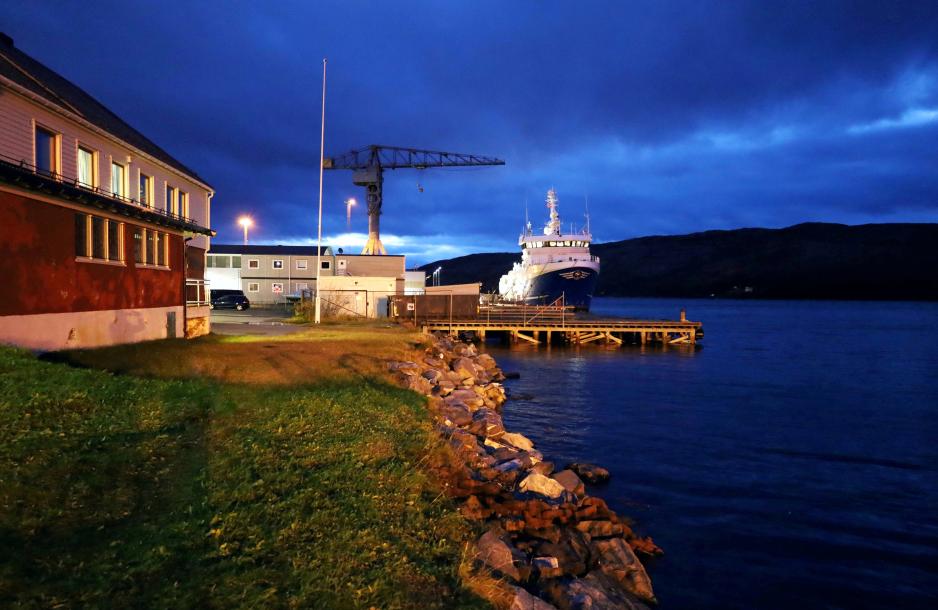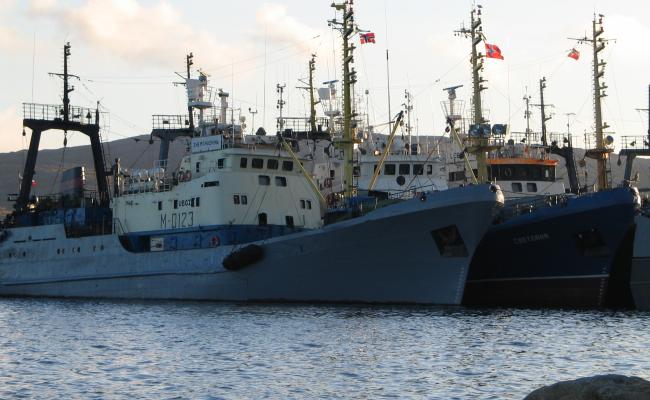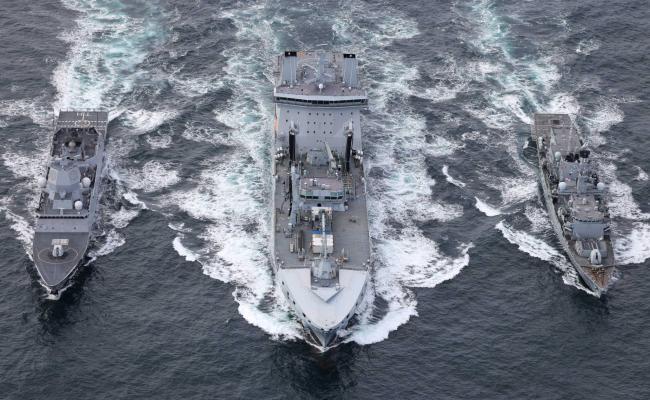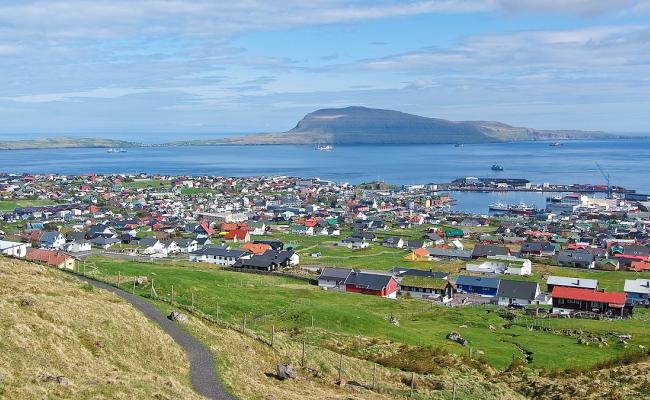Norway and Russia Reached a Fisheries Agreement for 2023

A Russian trawler docked in Kirkenes earlier in October. Now Russian and Norwegian authorities have once again agreed on joint quota advice for next year's fishing in the Barents Sea. At the same time, Russia warns that it could scrap the fishery agreement for 2023 if Norway were to ban Russian fishing vessels from the ports of Kirkenes, Båtsfjord, and Tromsø. (Photo: Astri Edvardsen)
After digital negotiations, Norwegian and Russian authorities have now set next year's fishing quotas for the Barents Sea. However, the agreement may be suspended by Russia if Norway tightens its port ban further.
On the basis of quota advice from the Norwegian-Russian research group for fish stocks in the Barents Sea, Norway and Russia have negotiated a fisheries agreement for 2023. That was announced by the Norwegian Ministry of Trade, Industry and Fisheries in a press release Tuesday afternoon.
"It is good that we have entered into a fisheries agreement with Russia, despite finding ourselves in an extraordinary situation. The agreement secures marine management in the High North that is both long-term and sustainable. Thus, we take care of the world's largest cod stock and the other species in the Barents Sea, says the Norwegian Minister of Fisheries and Ocean Policy Bjørnar Skjæran (Labor).
At the same time, Russian authorities have announced that this agreement may be put on hold if Norway further tightens its port ban for Russian fishing vessels. This is referred to in the aforementioned press release.
Fisheries cooperation and the port ban
When the port ban was introduced this spring, the government made an exemption for Russian fishing vessels, with particular reference to the fisheries cooperation with Russia. After new restrictions, Russian fishing vessels are now only able to dock at the Northern Norwegian ports of Kirkenes, Båtsfjord, and Tromsø, and they will be controlled upon arrival.
"Norway has cooperated with Russia on fisheries for almost 50 years, including throughout the Cold War. We have an important responsibility to ensure proper management of the fish stocks that we share (...) and we are reliant on functioning fisheries cooperation with Russia to make this happen. The exemption for Russian fishing vessels therefore remains but is hereby narrowed," said Skjæran when the government announced the restriction.
Norway participates in the sanctions regime against Russia and controls that the sanctions are complied with, while the government simultaneously protects sustainable fishery management, writes the Ministry of Trade, Industry and Fisheries in the mentioned press release.
Recently, a Northern Norwegian debate on the port ban has transpired. The Finnmark Chief of Police emphasizes that the intelligence threat also applies to these ports, while a number of community leaders in Troms and Finnmark county in Northern Norway highlight the significance of workplaces and fishery cooperation.
Lower cod quota
Next year's total quota for North-East Arctic cod in the Barents Sea is set to 566 784 tonnes, which is 20 percent lower than for 2022, and the lowest since 2009.
This coincides with the advice from the Norwegian-Russian research group. Their advice is framed by an administrative rule that states that the quota cannot be lowered by more than precisely 20 percent.
"The cod stock is decreasing, but will likely stabilize if the advice is followed," said Bjarte Bogstad, population manager for the North-East Arctic cod at the Norwegian Institute for Marine Research (IMR), in September.
In March, Russia was excluded from the International Council for the Exploration of the Sea (ICES), which normally provides quota advice for the cod stock, among others, under Norwegian-Russian joint management. This year's quota advice has therefore been drawn up by a bilateral research group from the IMR and the Russian Federal Research Institute of Fisheries and Oceanography (VNIRO).
The aforementioned total quota for cod catching is distributed between Norway, Russia and third countries according to the same patterns as in previous years. The Norwegian quota for 2023 will be 260 782 tonnes.
Research-oriented
The researchers' quota advice for North-East Arctic haddock and the beaked redfish was at roughly the same levels as last year with small reductions. Norwegian and Russian authorities have also followed these recommendations.
- The total quota for haddock in 2023 is set to 170 067 tonnes, a decrease of five percent from this year's quota. Norway's quota will be 84 177 tonnes.
- The total quota for the beaked redfish is set to 66 779 tonnes for next year, which corresponds to a reduction of 431 tonnes from this year. The Norwegian quota is 46 081 tonnes.
- Next year's catch of Greenland halibut will be able to take place within the total quota of 25 000 tonnes, of which the Norwegian share amounts to 12 735.
- Norwegian and Russian traders have also decided to open up for capelin fishing in 2023 with a total quota of 62 000 tonnes. For the Norwegian side, a quota of 37 150 tonnes applies.
- Norway is also reducing the transfer of pollock to Russian fishery in the Norwegian economic zone with 605 tonnes for 2023. At the same time, the transfer of Greenland halibut from the Russian side to Norway is reduced by 240 tonnes for the same year.
Norway and Russia also agree to continue working on a management plan for shrimp and on a joint Norwegian-Russian research program for 2023.
Research collaboration, together with technical regulations for the practice of fishery and control measures, form the basis of fisheries cooperation as a whole. The countries have a long-term extensive cooperation on research on live marine resources and the ecosystem in the Barents Sea.

Like last fall, the Norwegian-Russian fisheries negotiations have taken place digitally (from 17 to 24 October), previously because of the COVID pandemic and now because of the Russian warfare in Ukraine. Here from the signing of the fishery agreement for 2022. Pictured are Morten Berg, Deputy Secretary General in the Ministry of Trade, Industry and Fisheries and head of the Norwegian negotiating delegation. On the screen is the head of the Russian negotiating delegation. (Photo: NFD)
Also read
This article was originally published in Norwegian and has been translated by Birgitte Annie Molid Martinussen.





